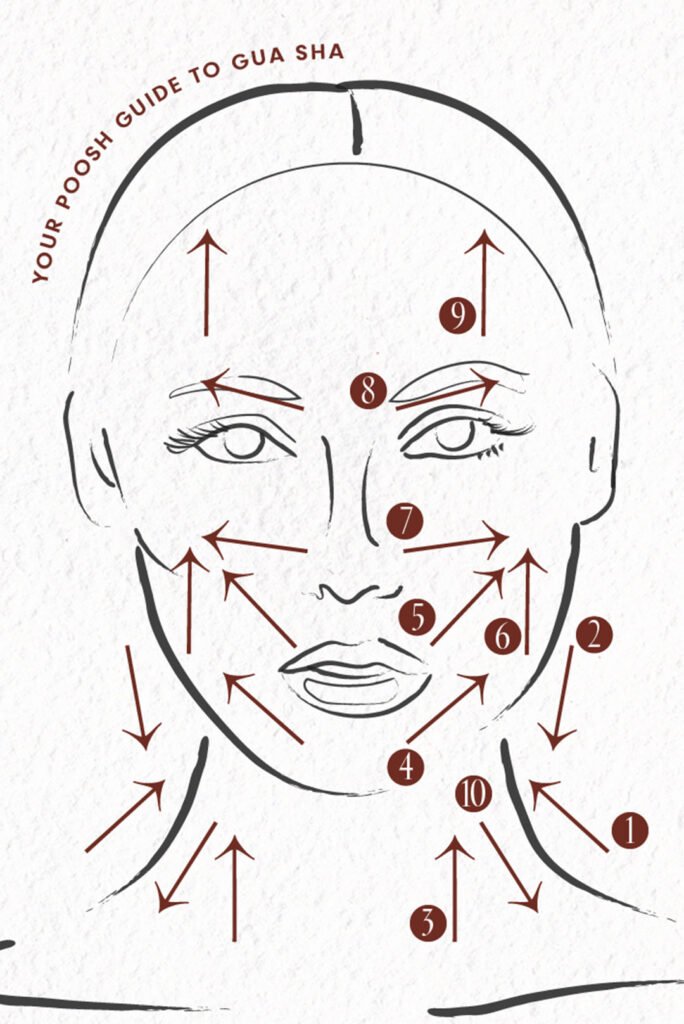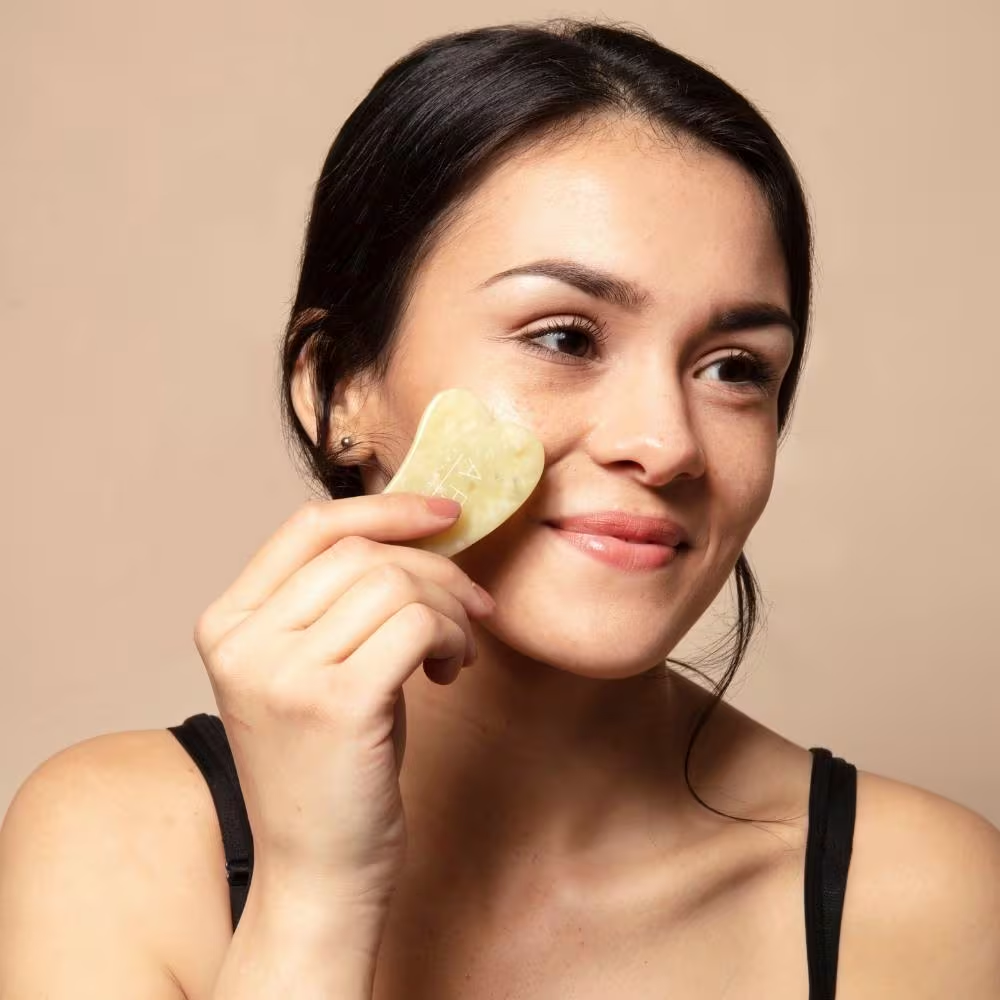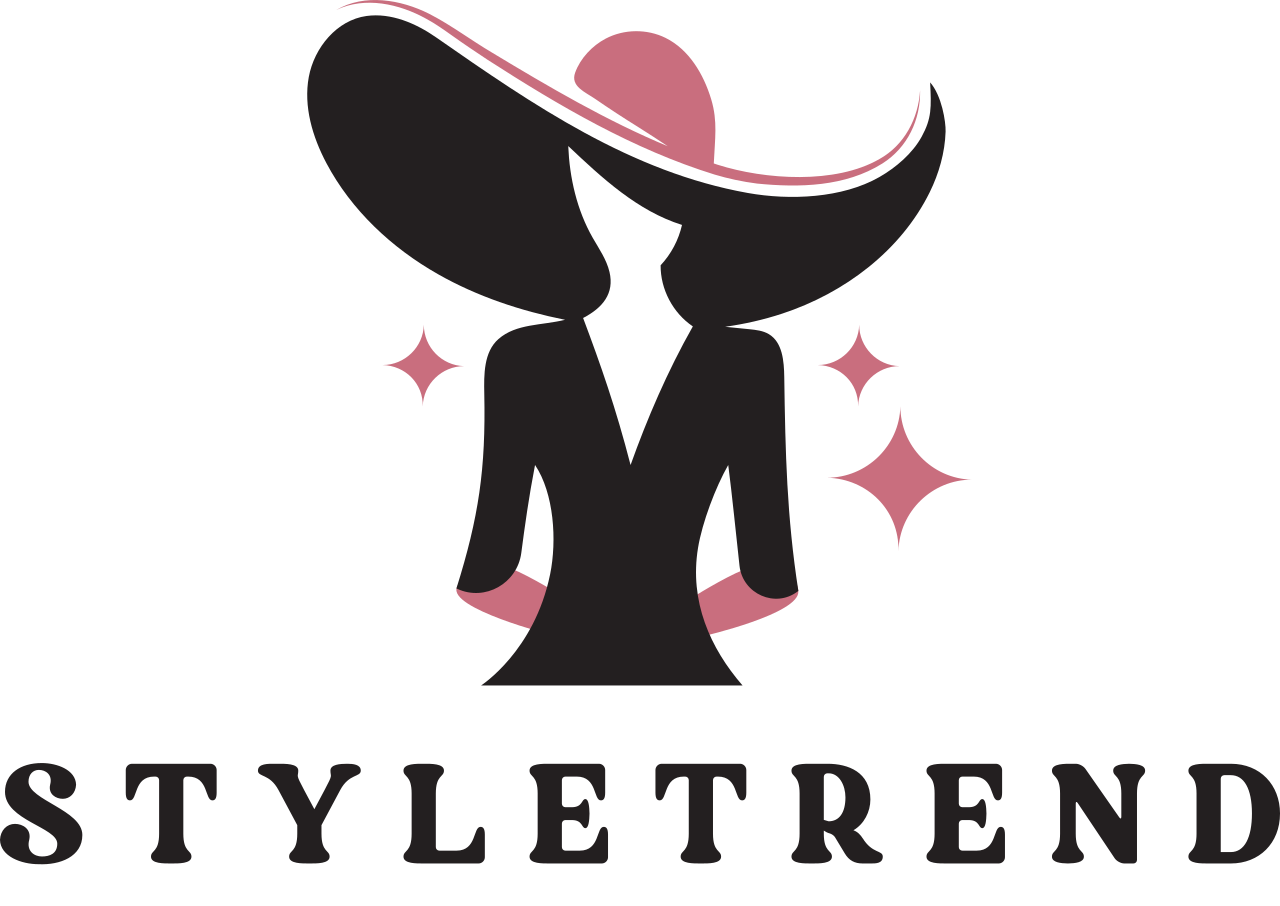What is Gua Sha?
Gua Sha, pronounced “gwa sha,” translates to “scraping” (gua) and “red spots” (sha) in Chinese. Rooted in Traditional Chinese Medicine (TCM), Gua Sha involves using a smooth-edged tool to gently scrape the skin, stimulating blood flow and releasing tension. While traditionally used on the body to relieve muscle pain and promote healing, Gua Sha has been adapted for facial massage to enhance skin health and appearance.
The facial Gua Sha technique uses gentle, upward strokes to lift and tone the skin, reduce inflammation, and encourage lymphatic drainage. By incorporating Gua Sha into your skincare routine, you can achieve a sculpted, radiant complexion without invasive treatments.
Benefits of Gua Sha Facial Massage
Gua Sha offers a multitude of benefits for both skin health and overall well-being. Here are some of the key advantages:
- Improves Blood Circulation: The scraping motion stimulates microcirculation, delivering oxygen and nutrients to the skin for a healthy glow.
- Reduces Puffiness: Gua Sha promotes lymphatic drainage, helping to eliminate excess fluid and reduce facial swelling.
- Lifts and Tones: Regular use can enhance facial contours, giving the appearance of lifted cheekbones and a defined jawline.
- Relieves Tension: The massage soothes tight facial muscles, alleviating stress-related tension in the jaw, forehead, and neck.
- Enhances Product Absorption: Gua Sha helps skincare products penetrate deeper into the skin, maximizing their effectiveness.
- Reduces Fine Lines and Wrinkles: By boosting collagen production and improving elasticity, Gua Sha can minimize the appearance of aging.
- Promotes Relaxation: The rhythmic, meditative nature of Gua Sha fosters a sense of calm and well-being.
With consistent practice, Gua Sha can transform your skin and elevate your self-care routine.
Choosing the Right Gua Sha Tool
A Gua Sha tool is essential for performing the facial massage. These tools are typically made from natural materials like jade, rose quartz, bian stone, or obsidian. Each material is believed to carry unique energetic properties in TCM, but the choice ultimately depends on personal preference. Here’s what to consider when selecting a Gua Sha tool:
- Material: Jade is cooling and calming, rose quartz promotes self-love, and bian stone is said to balance energy. Choose a material that resonates with you.
- Shape: Gua Sha tools come in various shapes, such as heart-shaped, curved, or rectangular. Look for a tool with smooth edges and contours that fit the curves of your face.
- Quality: Opt for a high-quality, non-porous stone to ensure durability and hygiene.
- Size: A tool that fits comfortably in your hand and allows for precise movements is ideal.
Popular brands like Herbivore, Mount Lai, and Lanshin offer beautifully crafted Gua Sha tools designed specifically for facial massage.
Preparing for Your Gua Sha Facial Massage
Before starting your Gua Sha routine, proper preparation is key to achieving optimal results and avoiding irritation. Follow these steps to set the stage:
- Cleanse Your Face: Begin with a gentle cleanser to remove makeup, dirt, and impurities. Pat your face dry with a clean towel.
- Apply a Facial Oil or Serum: Gua Sha requires a slippery surface to prevent tugging on the skin. Apply a few drops of facial oil, serum, or moisturizer to create a smooth glide. Look for products with nourishing ingredients like jojoba oil, argan oil, or hyaluronic acid.
- Sanitize Your Gua Sha Tool: Wash your tool with warm water and mild soap, then dry it thoroughly to ensure it’s clean.
- Set the Mood: Create a calming environment by dimming the lights, playing soft music, or lighting a candle. Gua Sha is as much about relaxation as it is about skincare.
- Warm Up Your Skin: Gently massage your face with your hands for 1–2 minutes to stimulate blood flow and prepare your skin for the Gua Sha tool.
Step-by-Step Gua Sha Facial Massage Tutorial
This step-by-step tutorial will guide you through a professional Gua Sha facial massage that you can perform at home. Each step targets specific areas of the face to maximize the benefits of the technique. Perform the massage on one side of the face at a time, then repeat on the other side for symmetry.
Step 1: Neck (2–3 minutes)
The neck is the foundation of your Gua Sha routine, as it helps open lymphatic pathways and release tension.
- Technique: Hold the Gua Sha tool at a 15–30-degree angle against your skin. Using light to medium pressure, glide the tool upward from the base of your neck to your jawline.
- Repetitions: Repeat 5–10 strokes on each side of the neck, moving from the center outward.
- Tip: Be gentle around the throat area to avoid discomfort.

Step 2: Jawline (2 minutes)
Sculpting the jawline enhances facial definition and relieves tension from clenching or grinding.
- Technique: Place the curved edge of the tool along your jawline, starting at the chin. Glide upward toward your ear, following the natural contour of your jaw.
- Repetitions: Perform 5–10 strokes on each side, increasing pressure slightly for a lifting effect.
- Tip: If you experience jaw tightness, spend extra time massaging this area to release tension.
Step 3: Cheeks (2–3 minutes)
The cheeks are a key area for reducing puffiness and achieving a lifted appearance.
- Technique: Use the flat edge of the tool and glide from the sides of your nose outward toward your temples. Follow the natural curve of your cheekbones.
- Repetitions: Repeat 5–10 strokes on each side, keeping the pressure light to avoid irritation.
- Tip: For added de-puffing, wiggle the tool slightly at the end of each stroke to stimulate lymphatic drainage.
Step 4: Under-Eyes (1–2 minutes)
The delicate under-eye area benefits from gentle Gua Sha to reduce puffiness and dark circles.
- Technique: Use the smaller, curved edge of the tool and glide gently from the inner corner of your eye outward toward your temple. Keep the pressure very light.
- Repetitions: Perform 5–8 strokes on each side.
- Tip: If your under-eye area is sensitive, apply extra facial oil to ensure a smooth glide.
Step 5: Forehead (2 minutes)
The forehead is prone to tension and fine lines, making it an ideal area for Gua Sha.
- Technique: Start at the center of your forehead and glide the tool upward toward your hairline. Then, move outward toward your temples in a sweeping motion.
- Repetitions: Repeat 5–10 strokes, alternating between upward and outward motions.
- Tip: Use slow, deliberate strokes to promote relaxation and smooth out fine lines.
Step 6: Eyebrows (1–2 minutes)
Lifting the brow area can open up the face and reduce the appearance of sagging.
- Technique: Place the tool along your eyebrow and glide upward and outward toward your temple, following the brow’s natural arch.
- Repetitions: Perform 5–8 strokes on each side.
- Tip: Use the notched edge of the tool (if available) to trace the brow bone for added precision.
Step 7: Full-Face Lymphatic Drainage (2 minutes)
Finish your routine by encouraging lymphatic drainage across the entire face.
- Technique: Starting at the center of your face (forehead, nose, or chin), glide the tool outward and downward toward your ears, then down the sides of your neck to your collarbone.
- Repetitions: Repeat 3–5 strokes for each section of the face.
- Tip: Visualize pushing excess fluid toward the lymph nodes near your collarbone.
Tips for a Successful Gua Sha Practice
To ensure a safe and effective Gua Sha facial massage, keep these tips in mind:
- Use Light Pressure: Gua Sha should never be painful. Apply gentle pressure to avoid bruising or irritation, especially on sensitive areas like the under-eyes.
- Stay Consistent: For best results, practice Gua Sha 3–5 times per week for 5–10 minutes per session.
- Avoid Broken Skin: Do not use Gua Sha on active acne, cuts, or irritated skin to prevent worsening the condition.
- Clean Your Tool Regularly: Wash your Gua Sha tool after each use to maintain hygiene and prevent bacterial buildup.
- Combine with Skincare: Pair Gua Sha with high-quality serums or oils to enhance product absorption and nourish your skin.
- Listen to Your Body: If you feel discomfort or notice redness that doesn’t subside, reduce pressure or frequency.
Common Mistakes to Avoid
While Gua Sha is relatively simple, beginners often make mistakes that can reduce its effectiveness or cause discomfort. Here are some pitfalls to avoid:
- Using Too Much Pressure: Excessive pressure can lead to bruising or irritation. Always start with light pressure and adjust as needed.
- Skipping Facial Oil: Without a slippery surface, the tool may tug on the skin, causing discomfort or redness.
- Rushing the Process: Gua Sha is a slow, mindful practice. Take your time to ensure proper technique and relaxation.
- Using a Dirty Tool: A dirty Gua Sha tool can harbor bacteria, leading to breakouts or infections.
- Neglecting the Neck: The neck is crucial for lymphatic drainage, so don’t skip this step.
Incorporating Gua Sha into Your Skincare Routine
Gua Sha can be seamlessly integrated into your morning or evening skincare routine. Here’s a sample routine to get you started:
- Cleanse: Use a gentle cleanser to refresh your skin.
- Tone: Apply a hydrating toner to prep your skin.
- Serum: Apply a nutrient-rich serum for targeted concerns (e.g., vitamin C for brightening or retinol for anti-aging).
- Facial Oil: Add a few drops of facial oil for Gua Sha glide.
- Gua Sha Massage: Follow the step-by-step tutorial above (5–10 minutes).
- Moisturize: Seal in hydration with a moisturizer.
- Sunscreen (morning routine): Apply broad-spectrum SPF to protect your skin.
By incorporating Gua Sha into your routine, you’ll amplify the benefits of your skincare products and promote a radiant complexion.
Gua Sha for Specific Skin Concerns
Gua Sha can be tailored to address specific skin concerns. Here’s how to adapt your technique:
- Acne-Prone Skin: Focus on gentle strokes and avoid active breakouts. Use a lightweight, non-comedogenic oil to prevent clogged pores.
- Dry Skin: Pair Gua Sha with a rich facial oil or hydrating serum to lock in moisture.
- Aging Skin: Emphasize upward strokes to lift and firm, and incorporate serums with peptides or antioxidants.
- Puffy Skin: Spend extra time on lymphatic drainage strokes and store your Gua Sha tool in the fridge for a cooling effect.
The Science Behind Gua Sha
While Gua Sha is rooted in TCM, modern research supports its benefits for skin health. Studies suggest that facial massage techniques like Gua Sha can:
- Increase microcirculation by up to 400%, delivering oxygen and nutrients to skin cells.
- Stimulate collagen production, improving skin elasticity and firmness.
- Reduce inflammation by promoting lymphatic drainage and decreasing fluid retention.
These findings align with the visible results reported by Gua Sha practitioners, making it a science-backed addition to your skincare arsenal.

Conclusion
Gua Sha facial massage is a powerful, non-invasive technique that combines ancient wisdom with modern skincare benefits. By following this step-by-step tutorial, you can master the art of Gua Sha and unlock a radiant, sculpted complexion from the comfort of your home. With consistent practice, the right tools, and proper technique, Gua Sha can transform your skin and elevate your self-care routine.

